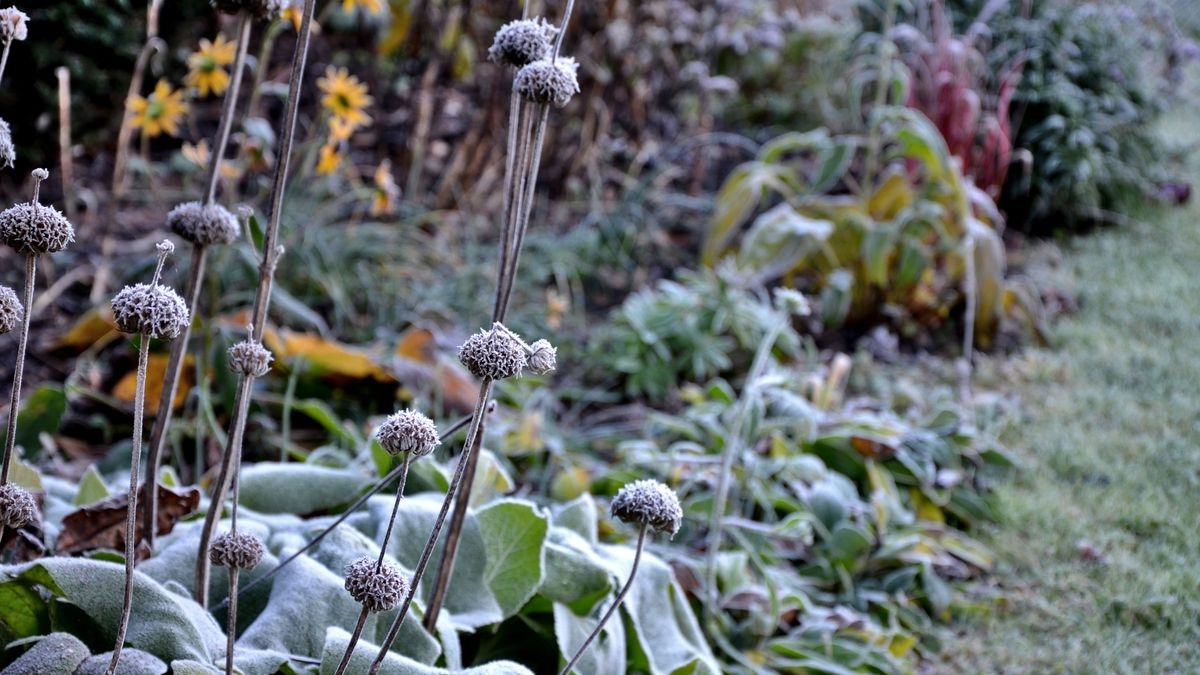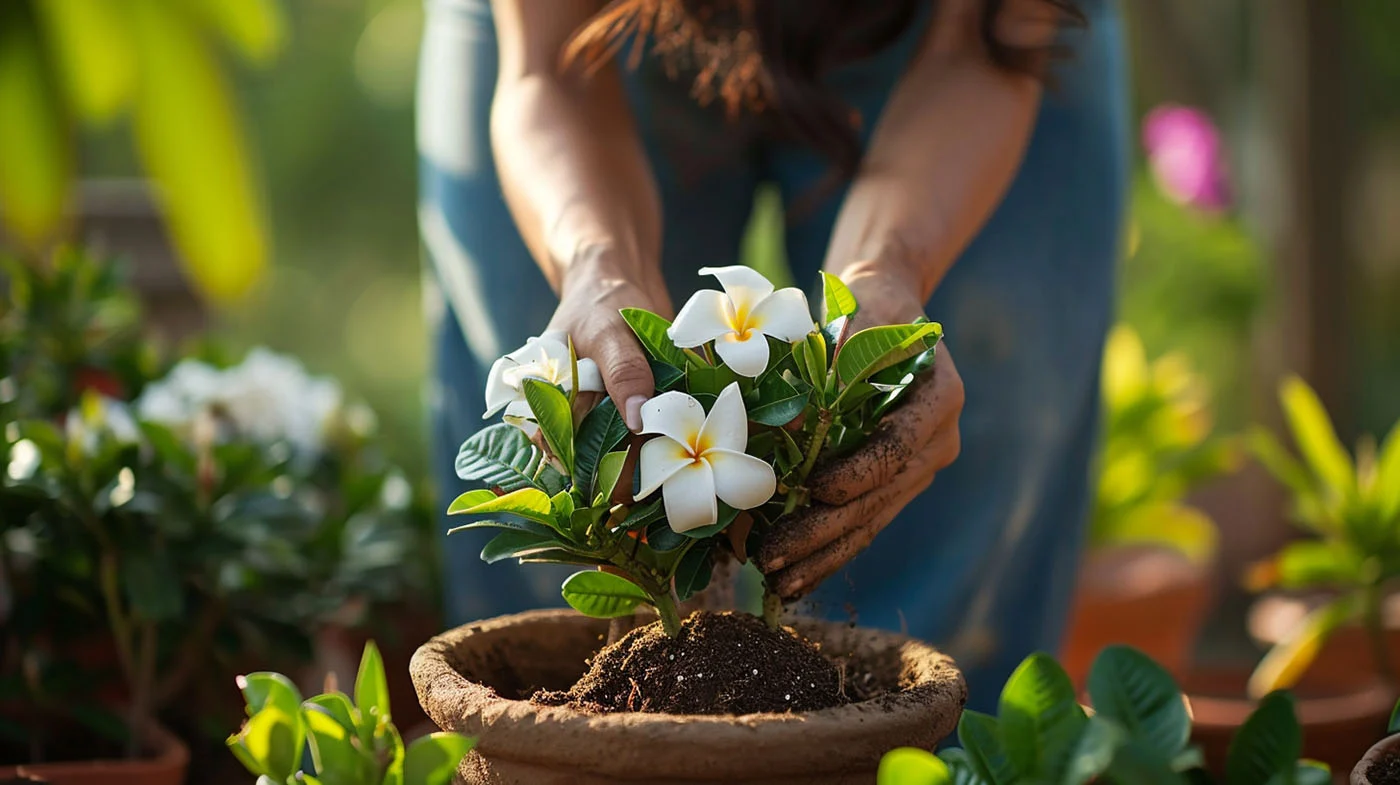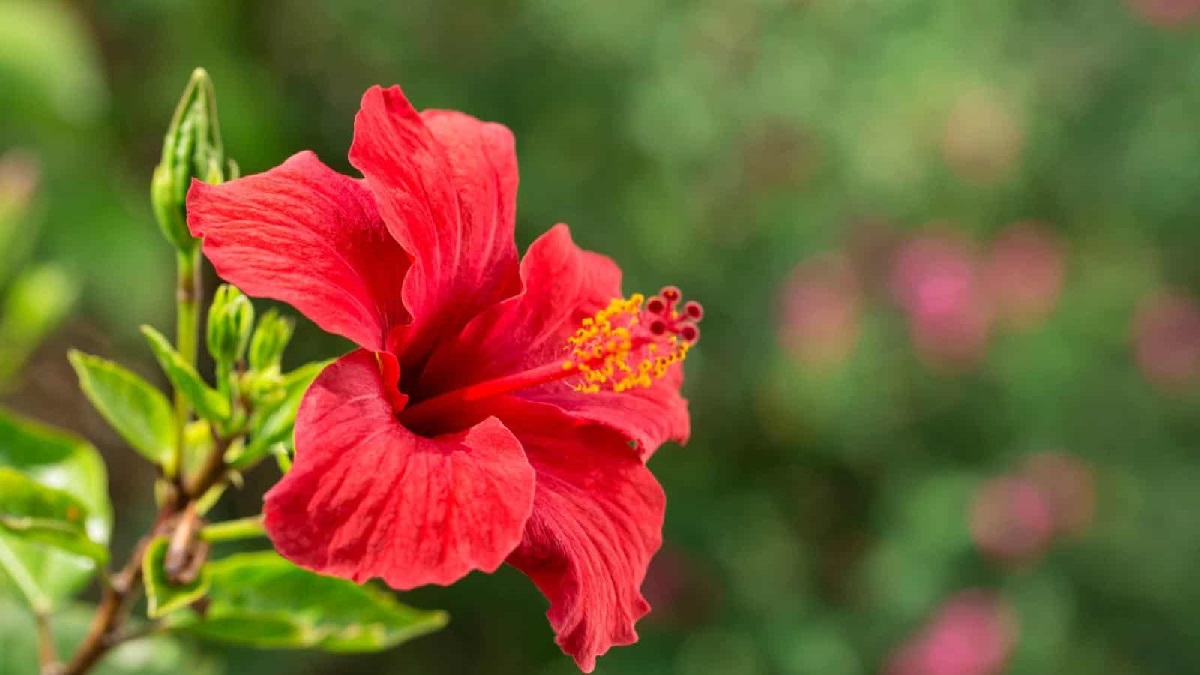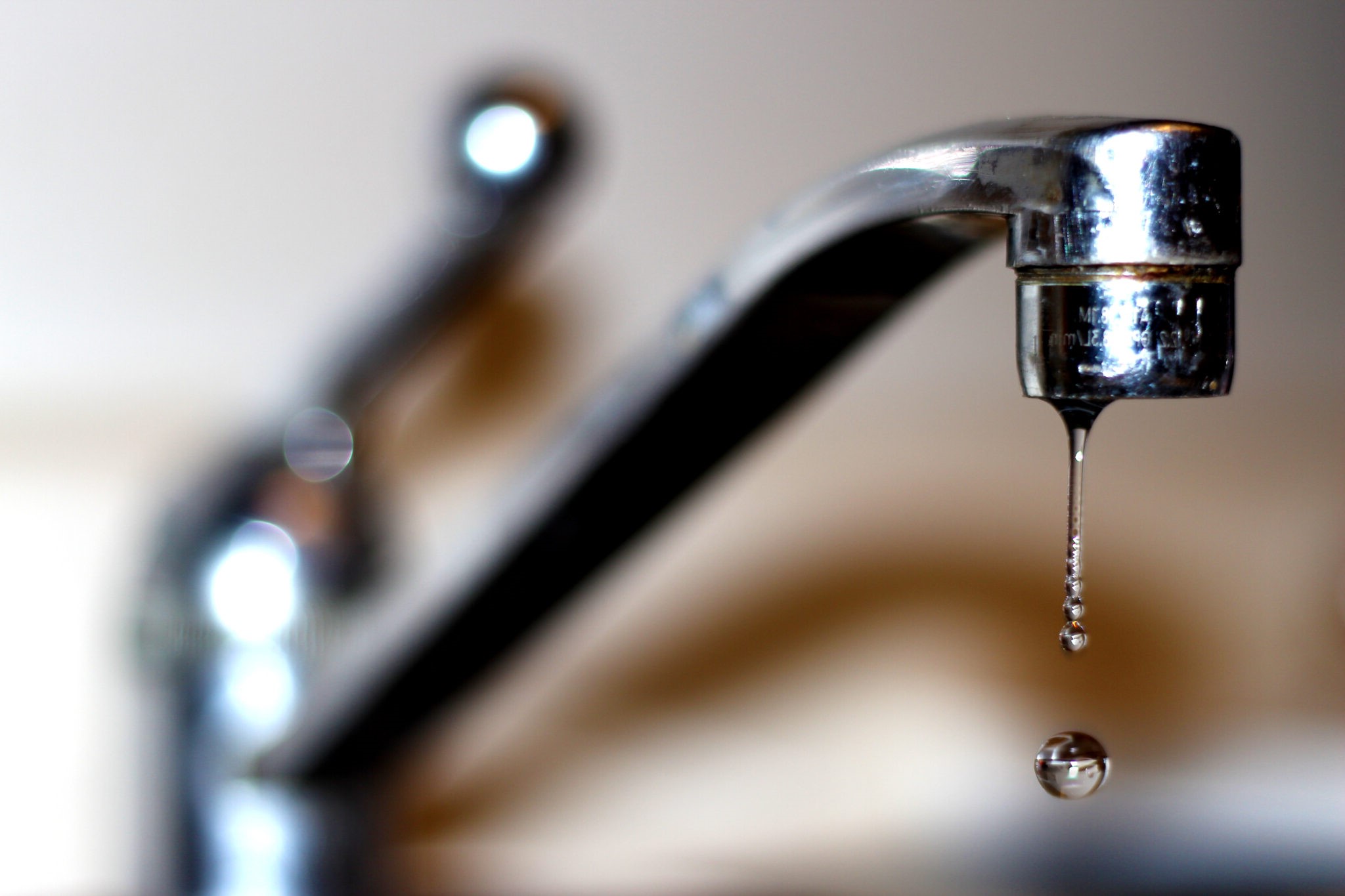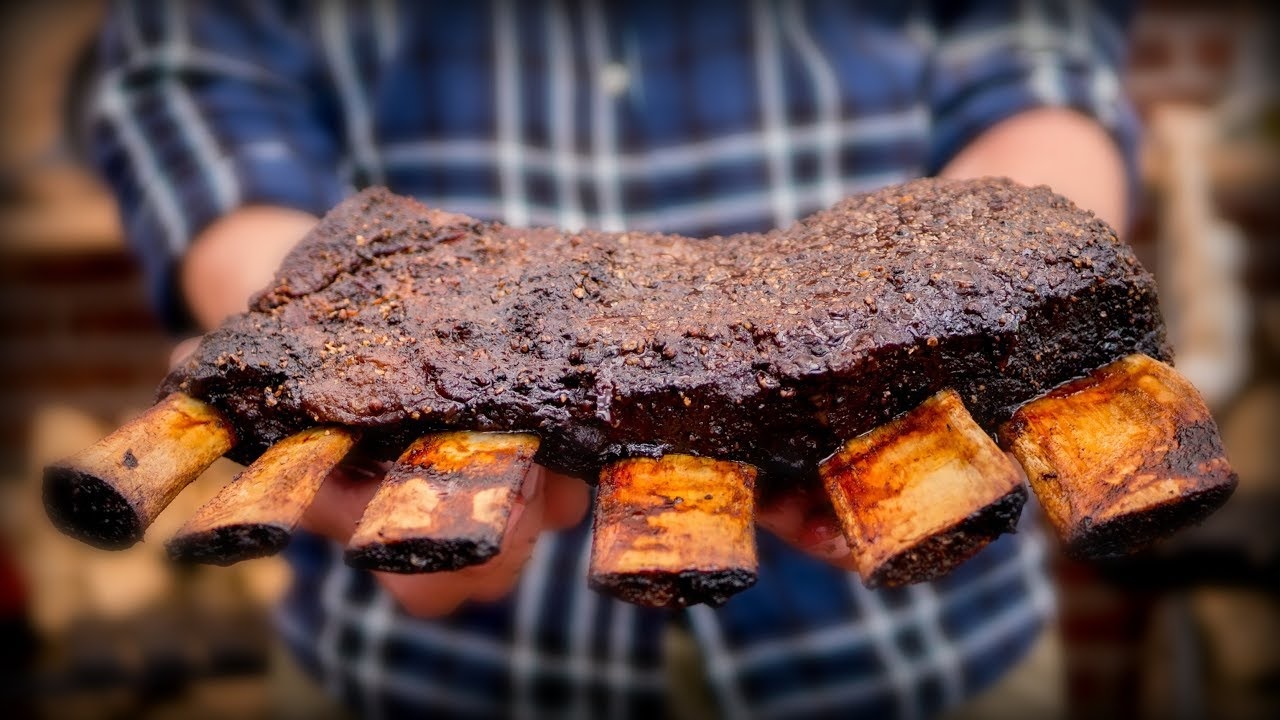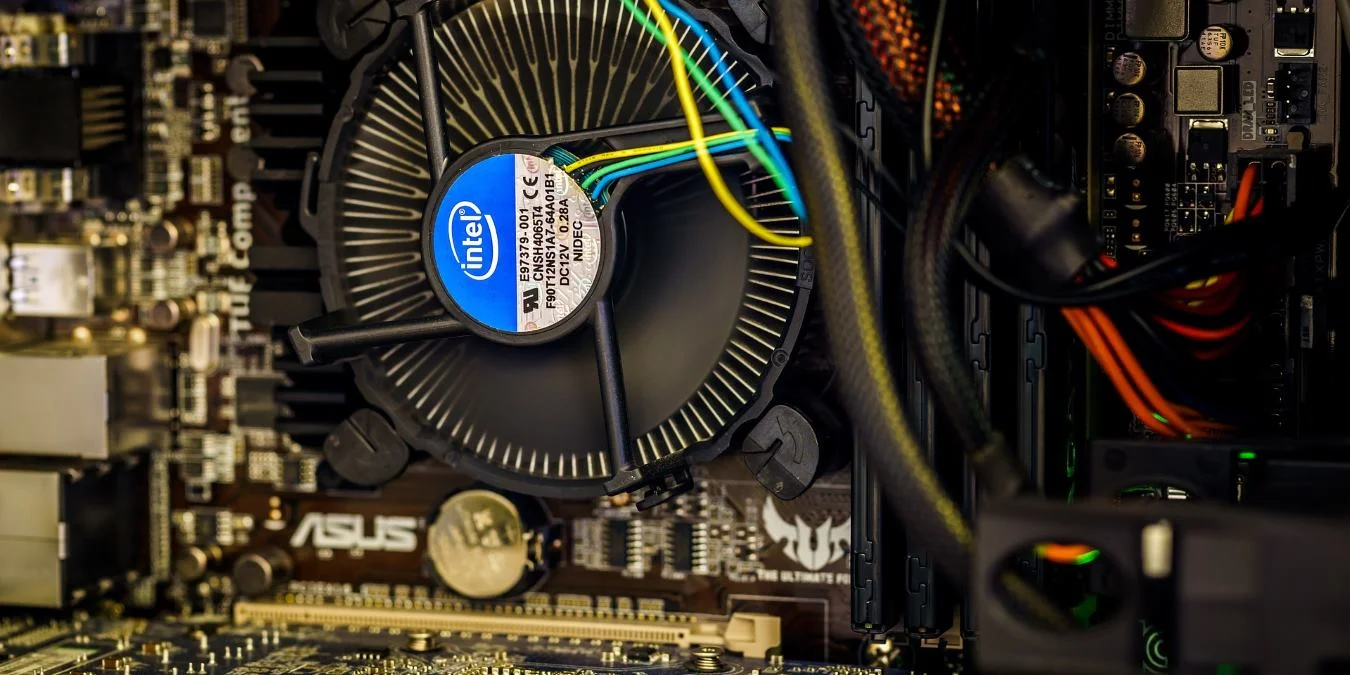Home>Home, Lifestyle & DIY>Tips For Caring For Your Money Tree: Expert Advice For Healthy Growth
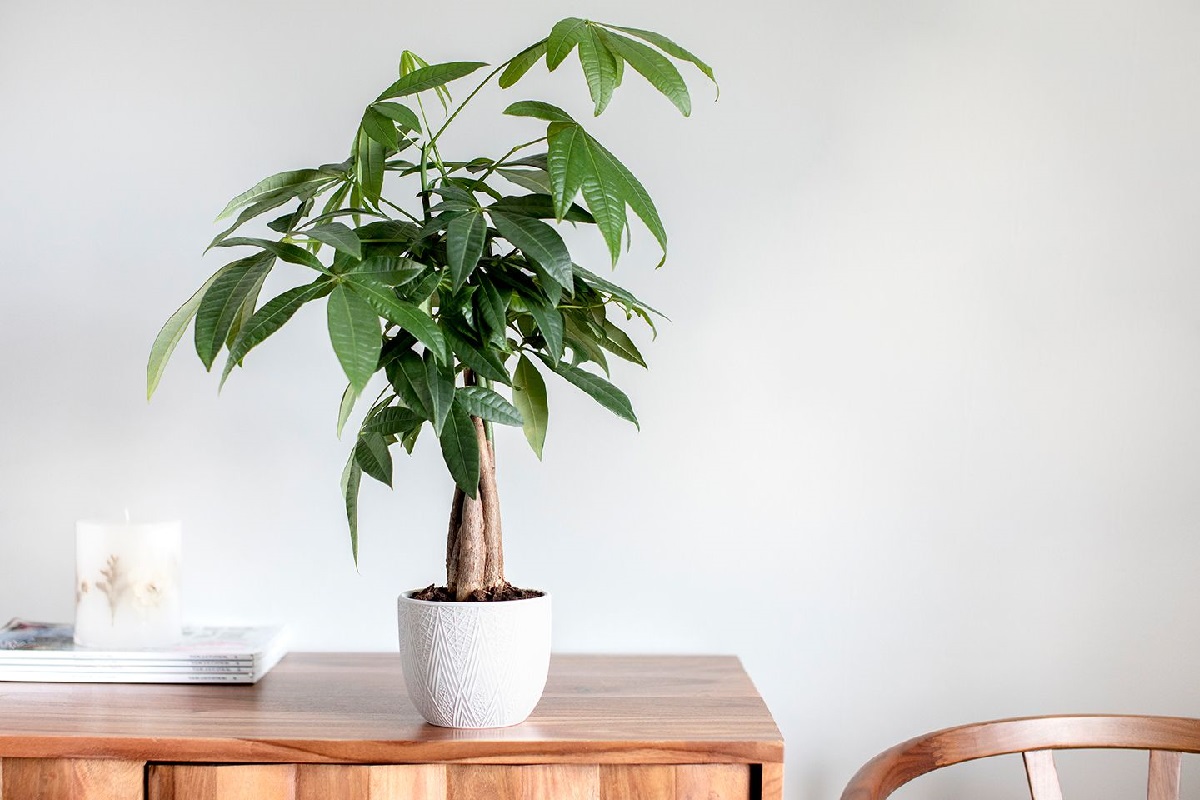

Home, Lifestyle & DIY
Tips For Caring For Your Money Tree: Expert Advice For Healthy Growth
Published: February 22, 2024
Discover expert tips for caring for your money tree at home. Learn how to ensure healthy growth with our home, lifestyle, and DIY advice.
(Many of the links in this article redirect to a specific reviewed product. Your purchase of these products through affiliate links helps to generate commission for Temperatures.com, at no extra cost. Learn more)
Table of Contents
Understanding the Money Tree Plant
The Money Tree, scientifically known as Pachira aquatica, is a popular indoor plant with a fascinating history and cultural significance. Originating from Central and South America, this plant is believed to bring good luck, prosperity, and positive energy to its owners. Its distinctive braided trunk and lush, palmate leaves make it a visually appealing addition to any home or office space.
The Money Tree is a member of the Malvaceae family and is often referred to as the "Guiana Chestnut" or "Saba Nut." It thrives in warm, humid environments and can grow up to 60 feet tall in its natural habitat. However, when cultivated as a houseplant, it typically reaches a more manageable height of 6 feet. Its resilience and low-maintenance nature make it an ideal choice for both novice and experienced plant enthusiasts.
This plant's unique appearance and cultural significance have contributed to its popularity in various traditions and beliefs. In Feng Shui, the Money Tree is associated with wealth, prosperity, and good fortune. It is often placed in homes and businesses to attract positive energy and financial abundance. Additionally, in some cultures, the Money Tree is considered a symbol of luck and is often given as a gift during special occasions or celebrations.
Understanding the Money Tree's natural habitat and cultural significance provides valuable insights into its care requirements and the symbolism it holds for many people. By appreciating its origins and significance, plant owners can develop a deeper connection with this beloved plant and create an environment that promotes its health and vitality.
Read more: Tips For Caring For Your Meyer Lemon Tree
Choosing the Right Pot and Soil
Selecting the appropriate pot and soil is crucial for the optimal growth and well-being of your Money Tree. The right pot provides stability, proper drainage, and sufficient space for the plant's roots to thrive. When choosing a pot for your Money Tree, opt for a container that is one size larger than its current one to allow for adequate root expansion. Additionally, ensure that the pot has drainage holes to prevent waterlogging, which can lead to root rot.
As for the soil, a well-draining, nutrient-rich mix is essential for the Money Tree's health. A combination of peat moss, perlite, and pine bark in equal parts creates an ideal growing medium. This blend promotes proper aeration and moisture retention while preventing the soil from becoming waterlogged. It's important to avoid compacted or heavy soils, as they can impede root growth and lead to water stagnation.
When repotting your Money Tree, gently loosen the roots and remove any compacted soil to encourage healthy growth. Be mindful not to damage the roots during this process, as they are vital for the plant's overall well-being. Once the Money Tree is placed in its new pot with fresh soil, water it thoroughly to help settle the soil and hydrate the roots.
By carefully selecting the right pot and soil for your Money Tree, you provide it with a stable and nurturing environment in which to flourish. These foundational elements play a significant role in the plant's overall health and vitality, setting the stage for robust growth and an aesthetically pleasing appearance in your home or workspace.
Proper Watering Techniques
Proper watering is essential for maintaining the health and vigor of your Money Tree. As a tropical plant, the Money Tree thrives in a moist environment but is susceptible to root rot if overwatered. Understanding the plant's watering needs and implementing the right techniques is crucial for its overall well-being.
When it comes to watering your Money Tree, it's important to strike a balance between providing adequate moisture and preventing waterlogged conditions. The frequency of watering largely depends on environmental factors such as temperature, humidity, and the plant's growth stage. As a general guideline, it's recommended to water the Money Tree when the top inch of the soil feels dry to the touch. This allows for proper moisture regulation without saturating the soil excessively.
To water your Money Tree effectively, pour water evenly over the soil until it begins to drain from the bottom of the pot. Allow the excess water to escape through the drainage holes, ensuring that the roots are not sitting in standing water. This practice helps prevent water accumulation at the root level, reducing the risk of root rot and other moisture-related issues.
It's crucial to observe the plant's response to watering and adjust the frequency based on its individual needs. Factors such as seasonal changes, indoor heating, and air circulation can influence the plant's water requirements. During the growing season, typically spring and summer, the Money Tree may require more frequent watering to support its active growth. In contrast, during the dormant period in fall and winter, it's important to reduce watering and allow the soil to partially dry out between waterings.
In addition to regular watering, it's beneficial to occasionally mist the Money Tree's leaves with water to enhance humidity levels, especially in dry indoor environments. This mimics the plant's natural habitat and supports healthy leaf development. However, avoid misting excessively, as prolonged moisture on the leaves can invite fungal issues.
By mastering the art of proper watering, you can create an optimal moisture balance for your Money Tree, promoting robust growth and vibrant foliage. Paying attention to the plant's watering cues and adjusting your watering routine accordingly will contribute to the overall well-being and longevity of this beloved indoor plant.
Providing Adequate Sunlight
Proper sunlight exposure is a critical factor in ensuring the healthy growth and vitality of your Money Tree. As a tropical plant, the Money Tree thrives in bright, indirect light, mimicking its natural habitat in the rainforests of Central and South America. Adequate sunlight not only supports the plant's photosynthetic processes but also influences its overall appearance and resilience.
When determining the ideal location for your Money Tree, aim to place it in a spot that receives bright, indirect sunlight for the majority of the day. Indirect sunlight refers to the light that filters through a sheer curtain or is present in areas slightly shaded from direct sun exposure. This type of light exposure prevents the Money Tree's delicate leaves from becoming scorched or damaged while still providing the necessary energy for robust growth.
While the Money Tree thrives in bright light, it's important to shield it from direct sunlight, especially during the intense midday hours. Prolonged exposure to direct sunlight can lead to leaf burn and dehydration, compromising the plant's health. If direct sunlight is unavoidable in your space, consider using sheer curtains or blinds to diffuse the light and create a more suitable environment for your Money Tree.
In indoor environments, it's beneficial to rotate the Money Tree periodically to ensure even light distribution across all sides of the plant. This practice promotes balanced growth and prevents the plant from leaning or reaching toward a single light source. By allowing each side of the Money Tree to receive adequate sunlight, you encourage uniform foliage development and a well-proportioned appearance.
During the warmer months, consider moving your Money Tree outdoors to a shaded or partially shaded area. This outdoor exposure allows the plant to benefit from natural sunlight and fresh air, contributing to its overall well-being. However, it's crucial to acclimate the Money Tree gradually to outdoor conditions to prevent shock and sunburn. Start with short periods of outdoor exposure, gradually increasing the duration as the plant adjusts to the new environment.
By providing your Money Tree with the right balance of bright, indirect sunlight, you create an optimal setting for its growth and development. This thoughtful approach to light exposure supports the plant's natural requirements and enhances its aesthetic appeal, allowing you to enjoy a flourishing and vibrant Money Tree in your indoor space.
Pruning and Maintenance
Pruning and maintenance are essential aspects of caring for your Money Tree, contributing to its overall health, appearance, and longevity. Regular pruning helps manage the plant's size, shape, and density while removing any damaged or diseased foliage. Additionally, maintenance tasks such as cleaning the leaves and inspecting the plant for signs of pests or diseases are crucial for preserving its well-being.
When it comes to pruning your Money Tree, start by assessing the overall appearance and structure of the plant. Look for any overcrowded or crossing branches, as well as any dead or yellowing leaves that need to be removed. Using clean, sharp pruning shears, carefully trim away the unwanted growth, making clean cuts just above a leaf node or bud. This encourages new growth and helps maintain the Money Tree's desired shape.
Regular maintenance also involves dusting and cleaning the Money Tree's leaves to remove accumulated dirt, dust, and debris. This not only enhances the plant's aesthetic appeal but also supports its ability to photosynthesize effectively. Gently wipe the leaves with a soft, damp cloth or use a gentle spray of water to cleanse the foliage, allowing the plant to breathe and absorb light more efficiently.
In addition to pruning and cleaning, it's important to inspect the Money Tree regularly for any signs of pests or diseases. Common pests that may affect Money Trees include spider mites, aphids, and mealybugs. Keep an eye out for any unusual spots, discoloration, or webbing on the leaves, as these may indicate a pest infestation. If pests are detected, promptly address the issue using natural or chemical treatments to prevent further damage to the plant.
Furthermore, maintaining a consistent watering and fertilizing routine is integral to the Money Tree's overall well-being. By providing the plant with adequate moisture and essential nutrients, you support its growth and resilience, reducing the likelihood of stress-related issues.
By incorporating regular pruning and maintenance into your Money Tree care routine, you contribute to the plant's overall health and visual appeal. These proactive measures not only enhance the plant's vitality but also allow you to enjoy a thriving and aesthetically pleasing Money Tree in your home or workspace.
Preventing Common Pests and Diseases
Preventing common pests and diseases is essential for maintaining the robust health and vitality of your Money Tree. While this resilient plant is relatively resistant to pests and diseases, proactive measures can help safeguard it against potential threats, ensuring its long-term well-being.
One of the most effective strategies for preventing pests and diseases is to maintain a clean and hygienic environment around the Money Tree. Regularly inspect the plant for any signs of pest infestation, such as webbing, tiny insects, or unusual spots on the leaves. Early detection allows for prompt intervention, minimizing the impact of pests on the plant's health.
In addition to visual inspections, practicing good hygiene by keeping the plant and its surroundings clean can deter pests and diseases. Remove fallen leaves, debris, and any decaying organic matter from the soil surface, as these can harbor pests and provide an environment conducive to disease development. Furthermore, regularly dusting and cleaning the Money Tree's leaves not only enhances its appearance but also reduces the risk of pest infestation and fungal growth.
Maintaining optimal growing conditions for the Money Tree is another key aspect of pest and disease prevention. Avoid overwatering, as excessive moisture can create a favorable environment for fungal diseases and root rot. Similarly, ensure proper air circulation around the plant to discourage the proliferation of pests and pathogens. Adequate airflow helps keep the foliage dry and minimizes the risk of fungal infections.
When it comes to pest management, consider using natural remedies or insecticidal soaps to address minor infestations. These gentle yet effective treatments can help control pests without harming the plant or the surrounding environment. Additionally, introducing beneficial insects, such as ladybugs or predatory mites, can serve as a natural means of pest control, keeping unwanted insect populations in check.
Furthermore, practicing preventive measures such as quarantining new plants before introducing them to the Money Tree's environment can help prevent the spread of pests and diseases. Inspecting new additions for any signs of infestation or disease and allowing them a period of isolation can safeguard the existing plant from potential threats.
By implementing these preventive strategies, you can create a resilient and thriving environment for your Money Tree, minimizing the risk of common pests and diseases. These proactive measures not only contribute to the plant's well-being but also allow you to enjoy a healthy and vibrant Money Tree in your indoor space.
Fertilizing for Healthy Growth
Fertilizing is a fundamental aspect of nurturing a thriving Money Tree, providing essential nutrients that support its overall growth and vitality. While the Money Tree is relatively low-maintenance, regular fertilization contributes to lush foliage, robust stems, and a resilient root system. Understanding the key principles of fertilizing and implementing a well-balanced feeding regimen is crucial for promoting the plant's health and longevity.
When it comes to fertilizing your Money Tree, it's important to choose a high-quality, balanced fertilizer specifically formulated for indoor plants. Look for a water-soluble, all-purpose fertilizer with a balanced NPK ratio, such as 10-10-10 or 20-20-20, indicating the percentages of nitrogen, phosphorus, and potassium. These essential nutrients play vital roles in the Money Tree's growth, supporting leaf development, root strength, and overall resilience.
During the active growing season, typically spring and summer, fertilize your Money Tree every four to six weeks to provide a steady supply of nutrients. Dilute the fertilizer to half or a quarter of the recommended strength to avoid overfeeding, as excessive fertilizer can lead to salt buildup in the soil and cause root damage. Apply the diluted fertilizer to moist soil, ensuring that it is evenly distributed around the plant's root zone.
In contrast, reduce or suspend fertilization during the plant's dormant period in fall and winter, as the Money Tree's growth slows down during this time. Allowing the plant a period of rest from fertilization supports its natural growth cycle and prevents the risk of nutrient imbalances.
In addition to regular fertilization, consider incorporating organic supplements such as compost tea or liquid seaweed extract into your Money Tree care routine. These natural additives provide a gentle yet enriching boost to the plant's nutrient intake, promoting healthy growth and enhancing its overall resilience.
Observing the Money Tree's response to fertilization is crucial for fine-tuning your feeding regimen. Monitor the plant for signs of nutrient deficiencies or excesses, such as yellowing leaves, stunted growth, or leaf burn, and adjust your fertilization schedule and dosage accordingly. By paying attention to the plant's feedback, you can tailor your fertilization approach to meet its specific needs, promoting optimal growth and vitality.
By embracing a well-informed and balanced approach to fertilizing, you can provide your Money Tree with the essential nutrients it needs to thrive. This proactive care practice not only supports the plant's health and vigor but also allows you to enjoy a lush, vibrant Money Tree that enriches your indoor space with its natural beauty.
Repotting and Transplanting
Repotting and transplanting are essential processes in the care of Money Trees, ensuring that the plant has adequate space for root development and continued growth. Understanding the signs that indicate the need for repotting, as well as the proper techniques for transitioning the plant to a new container, is crucial for maintaining its health and vitality.
The frequency of repotting Money Trees depends on various factors, including the plant's age, growth rate, and the condition of its current container. As a general guideline, young Money Trees benefit from annual repotting to accommodate their expanding root systems and promote healthy growth. Mature Money Trees, on the other hand, may require repotting every two to three years to refresh the soil and provide additional space for root development.
When determining whether a Money Tree needs repotting, observe the following indicators: roots protruding from the drainage holes, slowed growth despite adequate care, or the soil drying out more quickly than usual. These signs suggest that the plant has outgrown its current container and would benefit from a larger, more spacious environment.
To repot a Money Tree, carefully remove it from its current container, gently loosen the roots, and inspect them for any signs of damage or overcrowding. Select a new pot that is one size larger than the current one, ensuring that it has drainage holes to prevent waterlogging. Prepare a well-draining potting mix and place a layer of it at the bottom of the new container. Position the Money Tree in the center of the pot, adding the remaining soil mix around the roots and gently firming it in place.
Transplanting a Money Tree involves a similar process but typically entails moving the plant to a different location or environment. Whether transitioning the Money Tree to a larger pot or relocating it to a new space, it's essential to minimize stress on the plant during the transplanting process. Gradually acclimate the Money Tree to its new surroundings, ensuring that it receives adequate water and light as it adjusts to the change.
By understanding the principles of repotting and transplanting, you can provide your Money Tree with the necessary space and resources for continued growth and vitality. These proactive measures contribute to the plant's overall well-being, allowing it to thrive and enrich your indoor space with its lush foliage and natural beauty.
Troubleshooting Common Issues
Despite being a resilient and low-maintenance plant, Money Trees may encounter common issues that can affect their health and appearance. Understanding these potential challenges and knowing how to address them is essential for ensuring the continued well-being of your Money Tree.
One common issue that Money Tree owners may encounter is yellowing or browning of the plant's leaves. This can be indicative of various factors, including overwatering, underwatering, or inadequate light exposure. If you notice discolored leaves, assess the plant's watering routine and adjust it accordingly. Ensure that the Money Tree is not sitting in waterlogged soil, as this can lead to root rot and subsequent leaf discoloration. Conversely, if the plant is underwatered, its leaves may become dry and brown at the tips. Adjusting the watering frequency and providing appropriate light conditions can help alleviate these issues and promote healthy foliage.
Another prevalent concern is the presence of pests such as spider mites, aphids, or mealybugs. These tiny invaders can affect the Money Tree's overall health and vitality if left unchecked. If you observe signs of pest infestation, such as webbing, tiny insects, or sticky residue on the leaves, take prompt action to address the problem. Utilize natural remedies or insecticidal soaps to control the pests, ensuring thorough coverage of the affected areas. Additionally, maintaining a clean and hygienic environment around the Money Tree can deter pests and minimize the risk of infestation.
Furthermore, if your Money Tree exhibits stunted growth, it may be a sign of nutrient deficiencies or root congestion. Consider adjusting the plant's fertilization regimen to provide essential nutrients that support healthy growth. Additionally, inspect the root system for overcrowding and consider repotting the Money Tree if necessary to allow for proper root expansion and development.
In some cases, the Money Tree's leaves may develop brown, crispy edges, indicating low humidity levels in its environment. To address this issue, consider increasing the ambient humidity around the plant by using a humidifier or placing a shallow tray of water and pebbles near the Money Tree. This simple measure can help create a more favorable microclimate for the plant, preventing leaf desiccation and promoting overall well-being.
By recognizing and addressing these common issues, you can effectively troubleshoot and resolve challenges that may arise in the care of your Money Tree. Proactive observation, timely intervention, and thoughtful adjustments to the plant's environment and care routine can contribute to the sustained health and vibrancy of this beloved indoor plant.
